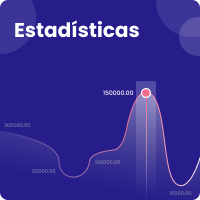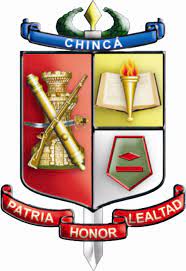Reflections about the Relationship between Technology and Autonomy in English Language Learning and Teaching during pandemic COVID-19 at the Noncommissioned Officer Academy Sargento Inocencio Chincá – EMSUB
Resumen
This paper settles down a reflective discussion about the relationship between technology and autonomy in English language learning and teaching at the Noncommissioned Officers Academy Sergeant Inocencio Chincá-EMSUB. These reflections are based on the concept that autonomy must not be just seen under the learner-centered viewpoint, but also the teacher's perspective on autonomy and the most meaningful the Teacher-Learner interrelations, which engage learners for lifelong learning. The role of technology has become a central issue in the triad teacher-learner-environment autonomy due to its contributions to language teaching. The unique and particular demands at EMSUB classrooms commit teachers to stimulating their autonomy to promote learners’ own. Unlike the idea of an isolated learner, the impact of the technology in teaching involves subjective aspects that have influenced the learner´s autonomy based on the role of the teachers, and the relationship between them, under the thought of learner’s sense of teacher’s presence; but also the construction of autonomous environments which foster learner’s internal dialogue with their language teacher long after the language learning class has ended.
Descargas
Referencias bibliográficas
Benson, P. (2001). Teaching and researching : autonomy in language learning / Phil Benson. http://search.ebscohost.com/login.aspx?direct=true&db=cat06493a&AN=sab.000017698&site=eds-live
Benson, P. (2008). Teachers’ and learners’ perspectives on autonomy. In T. Lamb & H. Reinders (Eds.), Learner and Teacher Autonomy: Concepts, Realities, and Responses (Vol. 00001, pp. 15–32). John Benjamins Publishing Company. http://search.ebscohost.com/login.aspx?direct=true&db=nlebk&AN=229816&site=eds-live
Flavell, J. H. (1979). Metacognition and Cognitive Monitoring A New Area of Cognitive - Developmental Inquiry. American Psychologist, 34(10), 906–911.
Kim, H.-J. (2014). The Use of Technology for Learner Autonomy in Language Classrooms. ITBE Link, 42(3). https://www.itbe.org/v_newsletters/article_23358209.htm
La Ganza, W. (2008). Learner autonomy - Teacher autonomy. Teacher autonomy: a construct of four Dynamic Interrelational Spaces. In Learner and Teacher autonomy.
Lamb, T., & Reinders, H. (2008). Learner and teacher autonomy: Concepts, realities, and responses (T. Lamb & H. Reinders (eds.)). John Benjamins Publishing Company.
Little, D. (1995). Learning dialogue: the depence of learner autonomy on teacher autonomy. System, 23(2), 175–181. https://doi.org/https://doi.org/10.1016/0346-251X(95)00006-6
Little, D. G., Ridley, J., & Ushioda, E. (2003). Learner autonomy in the foreign language classroom : teacher, learner, curriculum and assesment. May, 252.
McGrath, I. (2000). Teacher Autonomy. In B. Sinclair, I. McGrath, & T. Lamb (Eds.), Learner autonomy, teacher autonomy: future directions (pp. 100–110). Longman. http://explore.bl.uk/primo_library/libweb/action/display.do?tabs=detailsTab&gathStatTab=true&ct=display&fn=search&doc=ETOCCN036917982&indx=1&recIds=ETOCCN036917982
Reinders, H. (2008). The What, Why, and How of Language Advising. MEXTESOL JOURNAL, 2, 32. http://www.mextesol.net/journal/public/files/4bb9d2d3600314691b9a9fa84d7b23bf.pdf
Reinders, H., & White, C. (2016). 20 years of autonomy and technology: How far have we come and where to next? Language Learning and Technology, 20(2), 143–154. http://llt.msu.edu/issues/june2016/reinderswhite.pdf
Smith, R., & Endorğan, S. (2008). Teacher-learner autonomy Programme goals and student-teacher constructs. In T. Lamb & H. Reinders (Eds.), Learner and Teacher Autonomy: Concepts, realities, and responses (pp. 83–85). John Benjamins Publishing.





